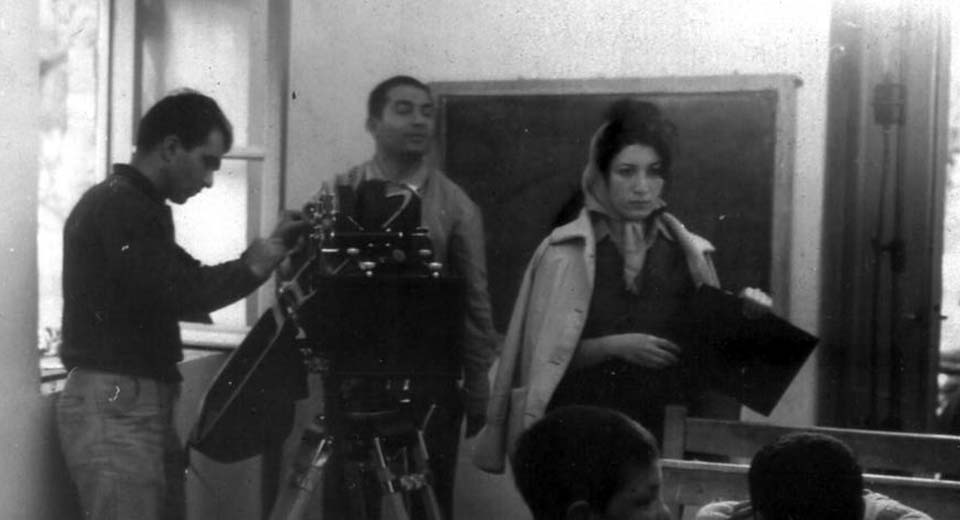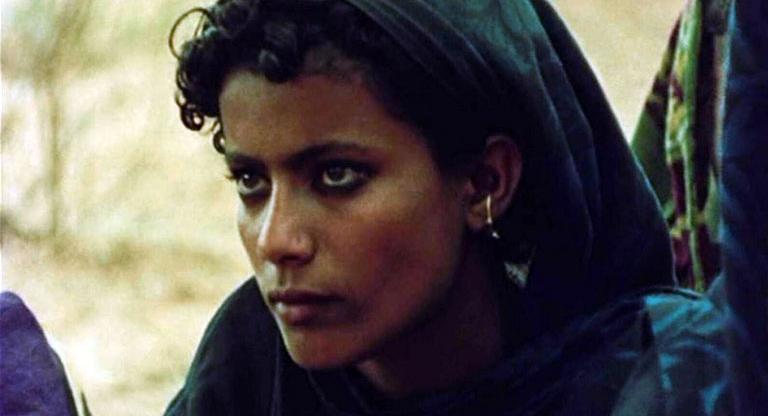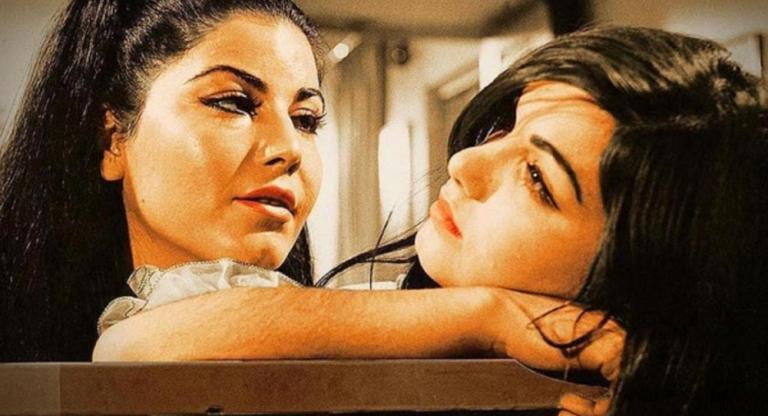
"She was made up of magic and of energy in equal parts," writes fellow documentarian Chris Marker of the legendary Iranian poet Forough Farrokhzad, whose death in 1967 at the age of 32 left the world with just a single example of her brilliance behind the camera. That lone short film, The House is Black —which shows today and tomorrow on a live-subtitled print at Anthology Film Archives—was shot at a leper colony over just 12 days, and folds in Farrokhzad's poetry with the camera's unflinching portrait of the afflicted. "I would hasten my escape from the windy and stormy tempest," Farrokhzad recites over images of suffering, "for I have seen misery and wickedness on earth."
The House is Black is a political film, certainly, but paired as it is with Abbas Kiarostami's The Wind Will Carry Us in this double-bill, its ethical questions will also emerge. While defenders call The House is Black a deeply humanist film ("a woman's gaze is always what is needed to determine the precise distance from suffering and ugliness that one must take without falling into complacency and without pity," offers Marker), others will claim the use of the leper as metaphor is exploitative. No one was more aware of this perennial conflict of documentary filmmaking than Farrokhzad, who adopted the son to two lepers at the colony after making her film. The Wind Will Carry Us, which takes its name from a Farrokhzad poem, likewise probes the power dynamic between a documentarian and her subject—or in Kiarostami's case, between the Iranian New Wave artist and his nonprofessional actors (the impoverished population of a rural Kurdish village, for example).
The decision to pair the two films brings out another dimension, too. While Kiarostami's death in 2016 at the age of 76 still feels wickedly unfair, especially after a final, radical project like 24 Frames, he was still a prolific director whose career spanned more than four decades. Watching The House is Black, one can't help but wonder what Farrokhzad might have gone on to create next. Instead, an audience today can only experience what was: “Let's listen to the soul who sings in the remote desert.”



